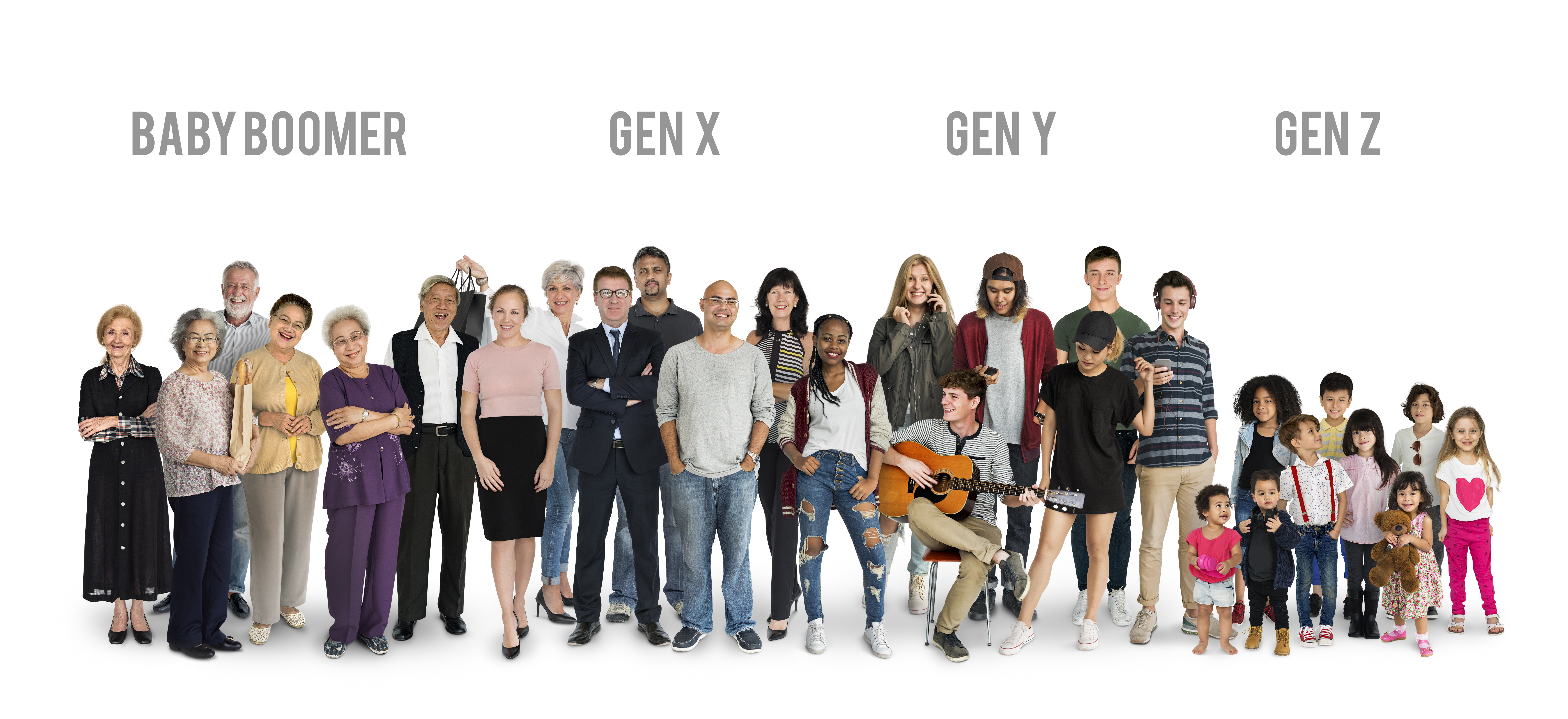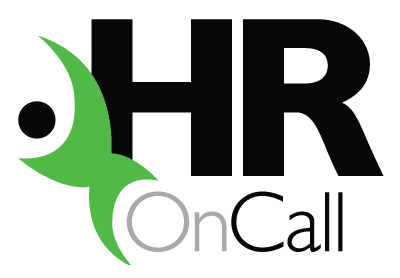Do you know a company that truly spans the generations? Many spruik the benefits of an ‘ageless’ workplace, but real inter-generational harmony is hard to achieve. It’s a challenge. Seasoned employees are working later and longer, as younger Millennials kick goals much earlier in their career.
HR consulting can help small and medium sized business balance the age scales, with practical solutions for the best of both worlds.

Know what your workers want
In the LinkedIn 2020 Global Talent Trends report, 89% of talent professionals say a multi-generational workforce makes a business more successful.
Generation Z (aged 7-22)
- Most likely to consider training when applying for a new job.
- Often take on part-time or contract roles (many are students).
Millennials (aged 23-38)
- Looking for better opportunities and most likely to job-hop.
- Can be lured to other jobs by compensation and benefits.
Generation X (aged 39-54)
- More likely to be attracted to jobs offering more challenge.
- Seek more stability than Millennials, more financial reward than boomers.
Baby boomers (aged 55-73)
- Compensation and financial benefits least important for this age group.
- Want more challenge, better fit for skills/interests and more impact.
Creating the right work-age balance
So given these differences, how can you create a blended, multi-generational workplace that really sings?
- Avoid stereotypes
Each worker’s individual skills, needs and character are more important than their place in the demographics. The youngest worker could be the most knowledgeable, the oldest, your biggest forward thinker!
- Value advice
Ask employees who they regard as ‘natural leaders’ in the workplace. Leaders and mentors can then emerge naturally from the bottom up, rather than being imposed from the top down.
- Promote belonging
In a social media age, we often fear being left behind. Provide a strong organisational framework so everyone feels they have a valued place, regardless of age or background.
- Encourage cross-gen contact
Give workers an opportunity to work and socialise beyond their own group. While we gravitate to those like ourselves, it’s great to forge new cross-generational relationships, gaining new perspectives.
- Help workers share knowledge
Nip worry in the bud. Older workers often think youngsters are after their jobs, while younger workers fear not being taken seriously. Knowledge is a gift. Make sure it gets shared around!
- Open up the tech
Younger workers may connect via social media platforms and apps, with mature workers choosing phone or email. Offer flexible forms of communication to accommodate everyone.
The right incentives for the right workers
Tailor incentives to suit the individual worker. Are they saving for their first home or putting away for retirement? Do they want training opportunities or overtime? Are they interested in lifestyle factors like flexible work arrangements to meet family commitments?
Workers have different needs at different life stages, so tweak benefits to suit – and keep revisiting. Stay flexible.
A professional HR consultant can tailor workplace strategies to boost engagement at every age and stage of the employee lifecycle. This way, you become an employer that candidates really want to work for. Your reputation will blossom for all the right reasons, along with your employer brand!

